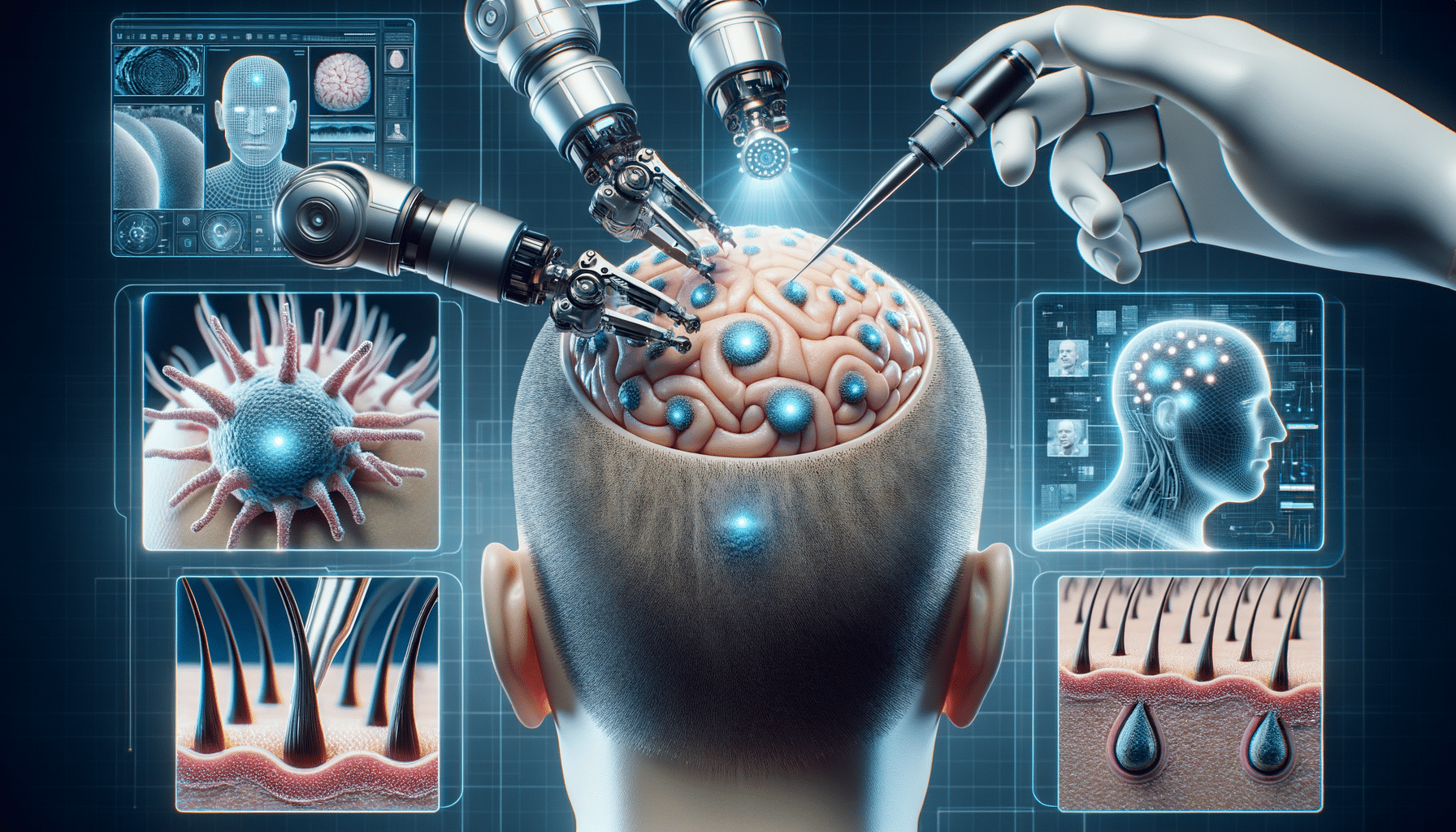
Understanding AI Integration in Hair Transplant Procedures in the USA
The Evolution of Hair Transplantation: A New Era with AI
Hair transplantation has long been a sought-after solution for those experiencing hair loss. Traditionally, the procedure involved manual extraction and implantation of hair follicles, a process that required precision and skill. However, with the advent of artificial intelligence, the landscape of hair restoration is undergoing a significant transformation. AI’s role in hair transplantation is not just about automating tasks but enhancing the overall accuracy and outcome of the procedures.
AI technology is being integrated into various stages of the hair transplant process, offering innovative solutions that improve efficiency and results. For instance, AI-driven tools can analyze scalp conditions and hair growth patterns with remarkable precision. This analysis enables practitioners to develop personalized treatment plans that cater to the unique needs of each patient.
Moreover, the use of AI in robotic-assisted hair transplantation systems has revolutionized the extraction and placement of hair follicles. These systems utilize advanced algorithms to identify and select the healthiest follicles, ensuring optimal growth post-transplantation. As a result, patients can expect more natural-looking results and higher satisfaction rates.
In summary, the integration of AI into hair transplantation represents a new era of precision and personalization in hair restoration. As technology continues to evolve, the potential for AI to further enhance these procedures is immense, promising even greater advancements in the future.
AI Tools Enhancing Hair Transplantation Techniques
In the realm of hair transplantation, AI tools are proving to be invaluable assets. These technologies are enhancing traditional methods, making the procedures more efficient and effective. One of the primary areas where AI is making a significant impact is in the pre-operative planning stage.
AI algorithms can process vast amounts of data to assist in mapping out the most suitable donor and recipient areas on the scalp. This data-driven approach ensures that each follicle is utilized optimally, minimizing waste and maximizing the coverage of transplanted hair. Additionally, AI can simulate potential outcomes, providing patients with a realistic preview of their post-surgery appearance.
Another noteworthy application of AI in hair transplantation is in the realm of robotic systems. These systems are equipped with AI capabilities that allow for precise follicular unit extraction (FUE) and implantation. By automating these processes, the risk of human error is significantly reduced, leading to better results and shorter recovery times for patients.
AI tools are also being used to monitor the progress of hair growth post-transplantation. By analyzing images and data over time, AI can detect any issues early on, allowing for timely interventions. This proactive approach ensures that patients receive the best possible care throughout their hair restoration journey.
Overall, the integration of AI tools in hair transplantation is enhancing the precision, efficiency, and outcomes of these procedures, making them a more attractive option for those seeking hair restoration solutions.
The Future of Hair Transplantation with AI
As AI technology continues to advance, its role in hair transplantation is expected to grow even more significant. The future of hair restoration is likely to be characterized by even greater levels of personalization and precision, driven by AI innovations.
One potential development is the use of AI in genetic analysis to predict hair loss patterns and tailor treatments accordingly. By understanding the genetic factors contributing to hair loss, practitioners can offer more targeted and effective solutions, potentially even preventing hair loss before it occurs.
Furthermore, AI’s ability to process and analyze large datasets could lead to the development of new techniques and methodologies in hair transplantation. For example, machine learning algorithms could identify patterns and correlations that are not immediately apparent to human practitioners, leading to breakthroughs in treatment strategies.
In addition to technological advancements, the integration of AI in hair transplantation could also make these procedures more accessible to a broader audience. As AI-driven systems become more cost-effective and efficient, the overall cost of hair restoration could decrease, making it a viable option for more individuals.
In conclusion, the future of hair transplantation with AI holds great promise. As technology continues to evolve, the potential for AI to revolutionize hair restoration is vast, offering new hope and possibilities for those seeking to address hair loss.


